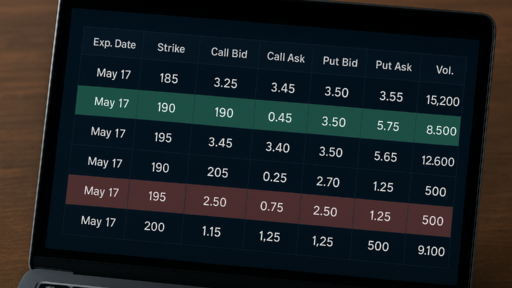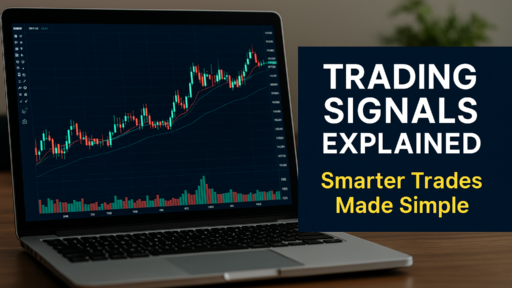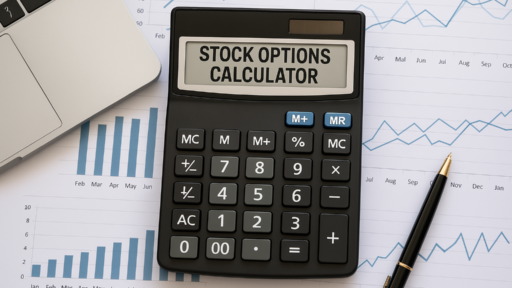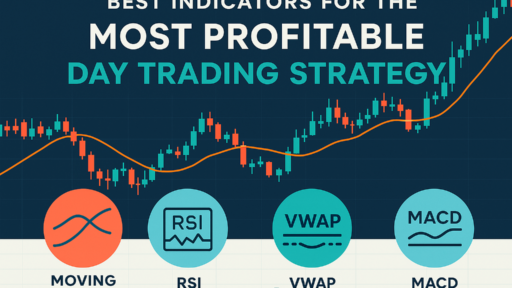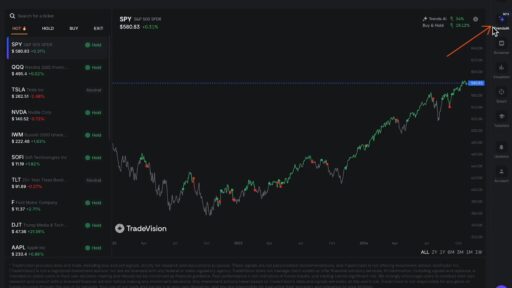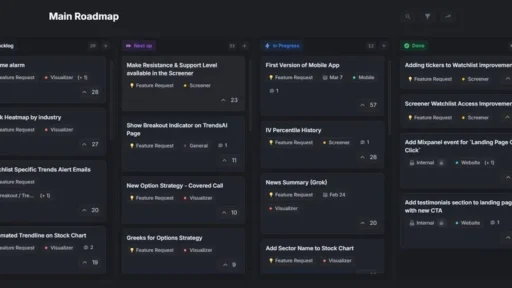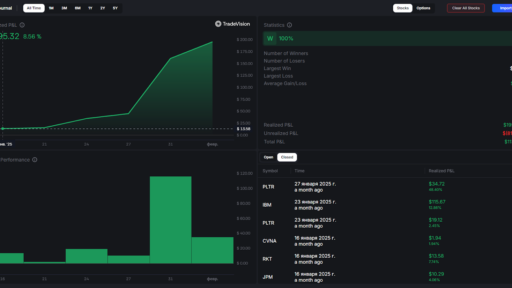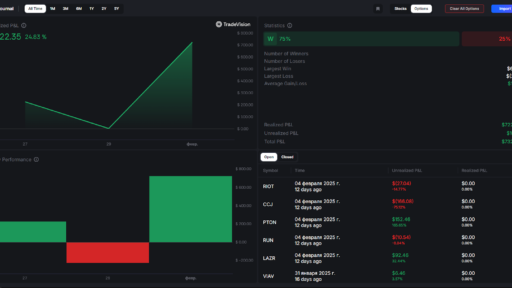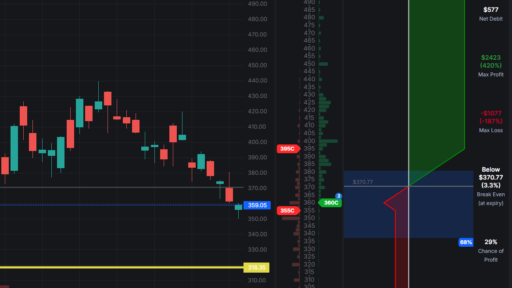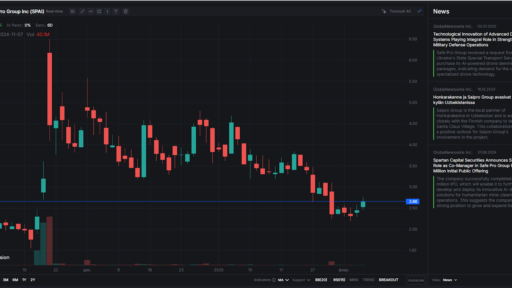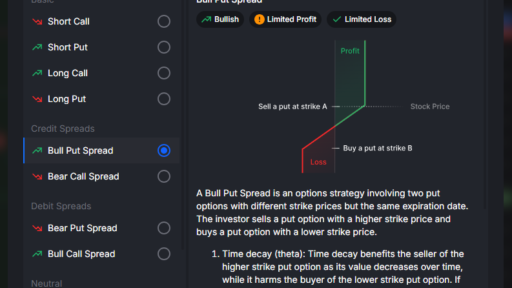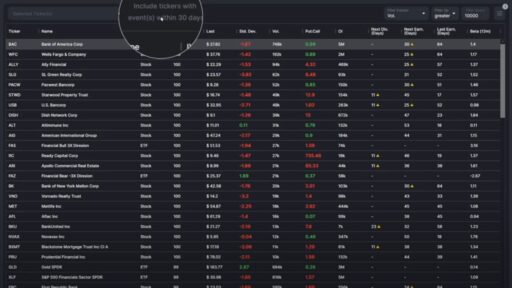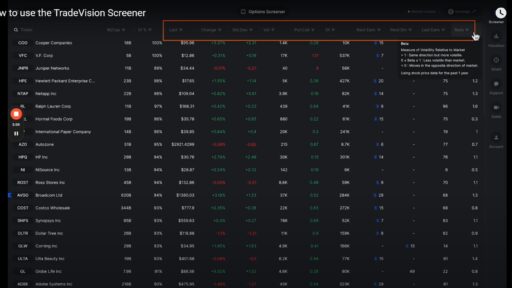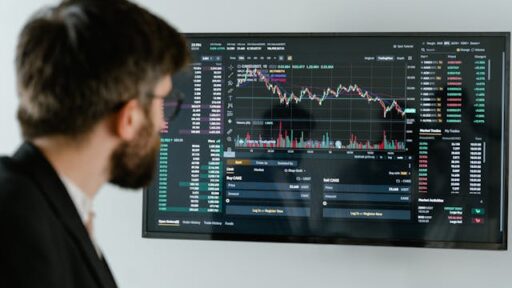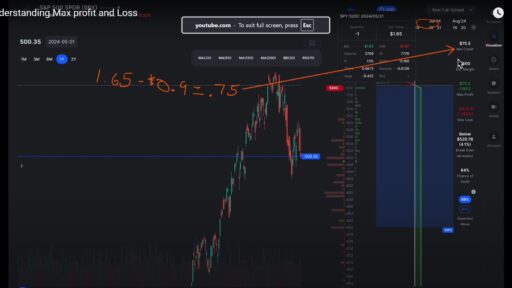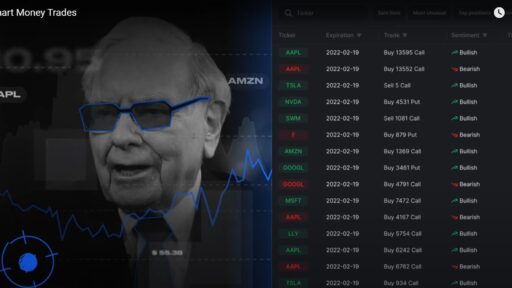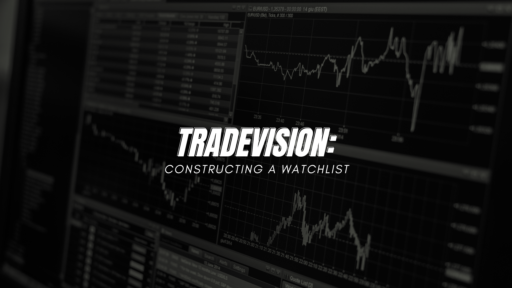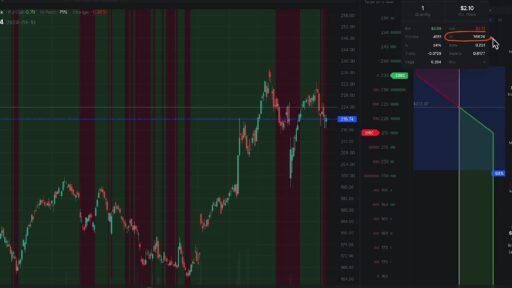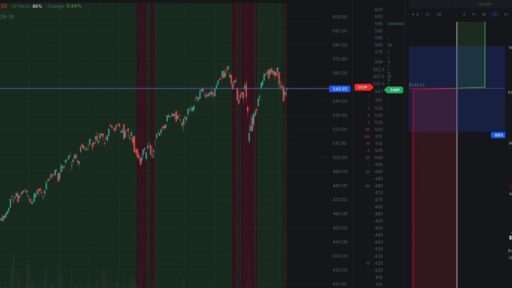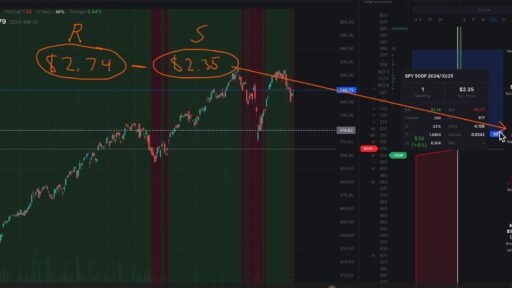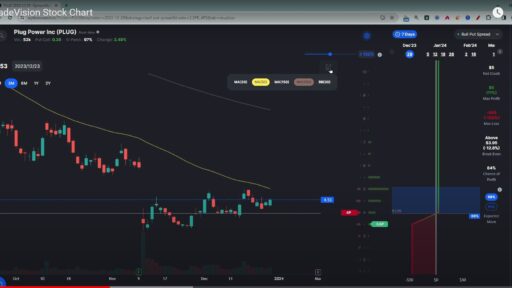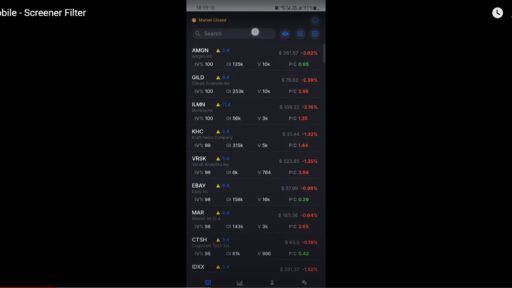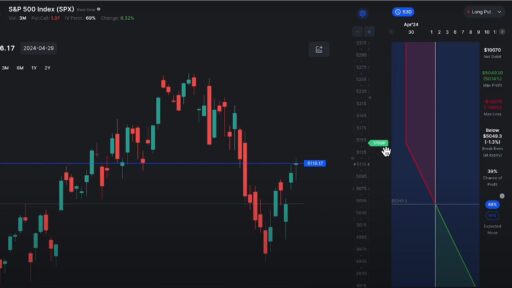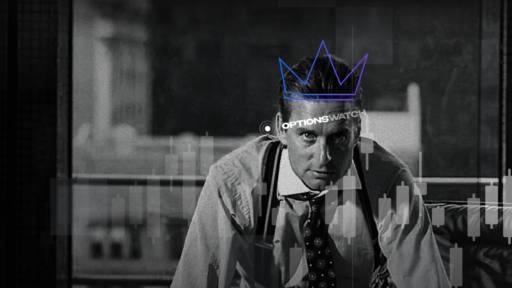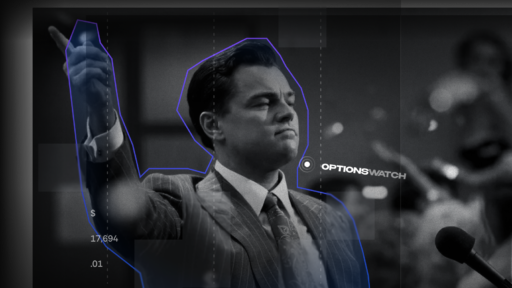If you’ve ever found yourself staring at candlestick charts, wondering what all those patterns really mean, you’re not alone. Technical analysis might look intimidating at first, but once you understand how to read price movements, it becomes an incredibly powerful tool—especially for refining your options trading strategy.
In this post, we’re going to break down how technical analysis can help you become a more confident and effective options trader. We’ll keep things conversational, practical, and beginner-friendly while still diving into some of the more impactful strategies the pros use. And, along the way, we’ll introduce a few tools (like TradeVision) that can help you streamline your analysis and decisions.
Why Technical Analysis Matters in Your Options Trading Strategy
Let’s start with the basics. Technical analysis is the study of price and volume data to predict future movements in the market. For options traders, timing is everything. Unlike buying stocks and holding for the long term, options contracts come with expiration dates. That means you need to be a lot more precise about when a stock might move—and how much.
This is where technical analysis comes in. By analyzing historical price movements, chart patterns, and technical indicators, you can make smarter decisions about entry and exit points. It can:
- Help you time your trades better
- Identify momentum shifts
- Spot breakout and breakdown opportunities
- Reduce unnecessary risks
Imagine planning a call option on a stock that’s forming a classic ascending triangle—a bullish pattern suggesting an upcoming breakout. Entering the trade before the breakout with the right strike price and expiration date could be the difference between a winning and losing trade.
TradeVision makes identifying such patterns simpler. With its intuitive charts and pattern recognition features, you don’t need to be a charting guru to spot profitable setups.
Core Technical Tools to Enhance Your Options Trading Strategy
There’s no shortage of indicators and charting tools out there. But when you’re building or improving your options trading strategy, it’s smart to focus on a few tried-and-true methods before adding more complexity. Here are the most essential technical tools and how to use them:
1. Moving Averages
Moving averages smooth out price data and help you identify trends. A simple moving average (SMA) shows the average closing price over a period, while an exponential moving average (EMA) gives more weight to recent prices.
Use them to:
- Confirm trends (bullish or bearish)
- Spot crossovers (e.g., 50-day crosses above 200-day = bullish signal)
- Set dynamic support/resistance levels
2. Relative Strength Index (RSI)
RSI is a momentum indicator that tells you whether a stock is overbought or oversold.
- RSI > 70: Overbought (potential reversal down)
- RSI < 30: Oversold (potential reversal up)
This is particularly useful when selecting entry points for short-term options.
3. Bollinger Bands
These bands measure volatility and can help you detect price breakouts or breakdowns.
- When the price touches the upper band, it might be overbought.
- When it touches the lower band, it might be oversold.
Combined with volume analysis, this can be a great tool for timing trades.
4. MACD (Moving Average Convergence Divergence)
MACD tracks the relationship between two EMAs (typically the 12-day and 26-day). It’s great for spotting trend reversals and momentum shifts.
TradeVision offers all these indicators in an easy-to-use format. You can layer them, set alerts, and even backtest strategies to see how they would have performed historically.

How to Build a Technical-Based Options Trading Strategy
So how do you put all this together? The goal is to create an options trading strategy that’s structured, consistent, and repeatable. Here’s a sample blueprint you can tweak to fit your style:
Step 1: Screen for Candidates
Use stock screeners (like TradeVision’s built-in scanner) to find stocks that are forming strong technical setups. Focus on high-volume names to ensure there’s enough liquidity in the options market.
Step 2: Analyze the Chart
Pull up a daily or hourly chart and apply the indicators we talked about. Look for:
- Strong trend patterns (uptrend/downtrend)
- Momentum signals (RSI, MACD)
- Support/resistance zones
- Breakout or breakdown setups
Step 3: Choose the Right Options Contract
Based on your technical read:
- If a breakout is imminent, you might buy a call option
- If you spot a top forming, consider a put option
- Adjust your strike price and expiration based on expected move and timeframe
Step 4: Set Entry and Exit Points
Plan your trade before entering. Use stop losses and profit targets based on chart levels. Technical analysis helps you set these boundaries with more accuracy.
Step 5: Monitor & Adjust
Once the trade is live, keep an eye on the chart. Price might react to support/resistance, or RSI might signal a shift. Don’t be afraid to take profits early or cut losses if the setup fails.
Bonus: Common Patterns Worth Knowing
These classic patterns often show up before big moves:
- Cup and Handle – Bullish continuation
- Double Top/Bottom – Reversal indicator
- Head and Shoulders – Bearish reversal
- Flags and Pennants – Continuation patterns
You can easily spot these using TradeVision’s pattern recognition tools. It highlights them automatically, helping you act fast without second-guessing.
FAQs About Technical Analysis in Options Trading
Q: Is technical analysis reliable for options trading?
A: It’s not foolproof, but it increases the odds of success when used properly. It helps you time entries and manage risk more effectively than trading blindly.
Q: Do I need to be an expert in charts to use technical analysis?
A: Not at all. Start with the basics like moving averages and RSI. Platforms like TradeVision simplify the process with user-friendly charts and alerts.
Q: How many indicators should I use at once?
A: Less is more. Start with 2-3 that complement each other. Too many indicators can lead to analysis paralysis.
Q: Can I use technical analysis for longer-term options strategies like LEAPS?
A: Absolutely. Technicals can help you find the best entry point even for long-term contracts.
Q: What’s the best time frame to use?
A: It depends on your strategy. Day traders may use 5- or 15-minute charts, while swing traders stick to daily or weekly charts.
Final Thoughts
Technical analysis isn’t a magic crystal ball, but when combined with solid risk management, it can transform your options trading strategy into something far more consistent and informed. Start simple, stay disciplined, and lean on smart tools like TradeVision to guide your decision-making.
Whether you’re a beginner trying to decode your first chart or an experienced trader refining your edge, technical analysis is one of the most valuable skillsets you can develop in options trading. Happy trading!





